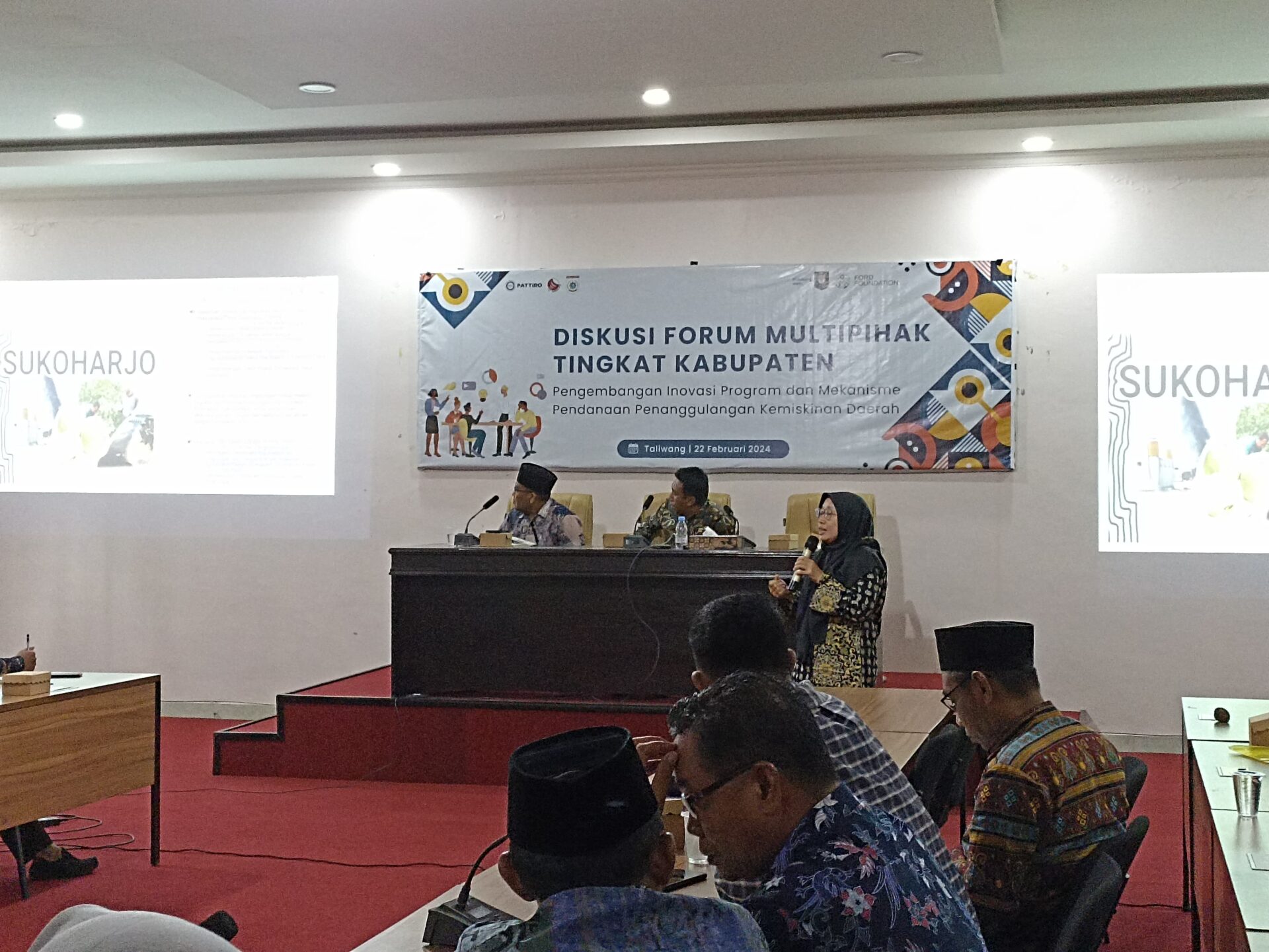 By: Hanif Nurcholis, Postgraduate Lecturer at the Open University, Secretary General of the Association of State Administration Scientists.
By: Hanif Nurcholis, Postgraduate Lecturer at the Open University, Secretary General of the Association of State Administration Scientists.
The politics of local government in our country always go back and forth, from decentralized to centralized and vice versa (Bhenyamin Hoessein, 1993).
At the beginning of independence, our country adopted a decentralized model (Law No. 1/1945, Law No. 22/1948, Law No. 1/1957). After the Presidential Decree of 5 July 1959, the decentralized model was replaced with a centralized model (Presidential Decree 6/1959, Law No 18/1965, and Law No 5/1974). After the fall of the New Order regime, local government politics returned to decentralization (Law No. 22/1999 and Law No. 32/2004). The downside is that at the end of his term, the SBY government through the Regional Government (Pemda) Bill submitted to the DPR wants to return regional government to a centralized model.
The attempt to reverse this model is inseparable from the government’s dismay over the ineffective and inefficient performance of regional administrations in this realm of reform. Regional administration is characterized by more than 60 percent of regional heads being involved in acts of corruption, regional heads and their deputies split into partnerships, and regents/mayors do not obey the governor.
The Minister of Home Affairs, the Director General of Otda, and the Spokesperson for the Ministry of Home Affairs have continually accused the decentralized-democratic model of being the cause. Therefore, this model needs to be corrected so that local governments can provide excellent service to the public. Centralization is an option because this model is able to create stability, efficiency and effectiveness of government so that public services and development programs can be implemented effectively and efficiently.
The centralized model adopted by the Regional Government Bill is characterized by four indicators. First, a civil service corps (Ministry of Home Affairs apparatus) was formed to administer general government affairs at all levels of administrative government.
Second, a vertical agency was formed from sectoral ministries in the autonomous region as in the New Order era.
Third, the autonomous region coincides with the administrative area (local state government) as in the Dutch and New Order eras, namely the provincial regional government as well as the provincial administrative area government and the district/city regional government as well as the district/city administrative area government.
Fourth, a hierarchical government is structured based on the principle of deconcentration, central government-provincial-regent/city-district-sub-district/village administration.
These four characteristics are indicators of centralized government based on the principle of deconcentration, not the principle of autonomy and co-administration
Forced
Referring to Humes IV (1991), the regional government bill adheres to a dual supervision model as adopted by France and the New Order regime. In this model, supervision in autonomous regions is carried out by representatives of the central government and vertical agencies belonging to ministries operating in the regions of the country.
In contrast to Law No. 32/2004 which adheres to the areal subsidiarization model, as adopted by Germany. In this model, supervision of the autonomous region is carried out by representatives of the government insofar as it concerns central policy and by regional councils for household affairs of the autonomous region. Therefore, the design and internal structure does not require civil service corps in administrative areas.
Judging from the 1945 Constitution, the Regional Government Bill is contrary to Article 18 because it prioritizes the principle of deconcentration rather than the principle of autonomy and co-administration. In fact, the 1945 Constitution does not recognize the principle of deconcentration. Article 18 emphasizes that regional government is based on autonomy and co-administration. The principle of autonomy refers to the principle of decentralization, while the principle of co-administration is a complement to the principle of decentralization. Thus, the principle of deconcentration used in this bill is strictly enforced.
In addition, this bill will repeat the central-regional relationship model as in the Dutch and New Order eras, where the central government was very strong which resulted in weak autonomous regions. This happens for two reasons. First, the form of a unitary state itself necessitates the strength of the central government because in a unitary state the local government is formed by the central government. Second, when the unitary state uses the principle of deconcentration, local government is automatically weak, as happened during the New Order era.
This is because the Ministry of Home Affairs and sectoral ministries have larger budgets, human resources and infrastructure than regional governments. The HR knowledge, skills and prowess are also better than those of the autonomous regions. Thus, the corps civil service belonging to the Ministry of Home Affairs and vertical agencies belonging to sectoral ministries are more powerful than regional offices, offices and agencies.
It is better if this bill is reconstructed because if it is enforced it will fail in the Constitutional Court. It is better for legislators to perfect the decentralized model adopted by Law No. 32/2004, bearing in mind that this law has five main weaknesses that need to be corrected.
First, this law does not stipulate that there is a central government representative below the Minister of Home Affairs and above the governor who oversees the regions with clear tutelle authority. Second, this law does not stipulate sanctions for regions that do not and/or delay implementing the government affairs that have been handed over. Third, this law does not regulate the takeover of management if the regions are unable to regulate and manage the government affairs that are handed over. Fourth, this law—along with Law No. 33/2004—is unable to force the government to allocate the state budget in a cone model: the regions are larger than the center. Fifth, this law confuses the concept of co-administration and deconcentration which has implications for the budget scheme.
Source: Kompas, 23 June 2014.





